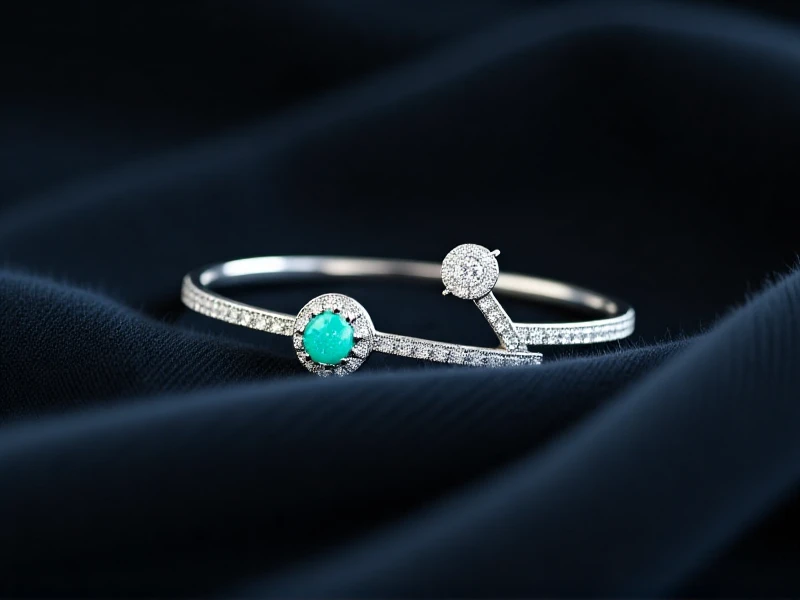
The Enduring Significance of Rings Through History
For centuries, rings have symbolized commitment, status, and personal expression across civilizations. Their circular shape represents eternity—without beginning or end—while the central opening suggests a spiritual gateway. Beyond their aesthetic appeal, rings carry profound cultural narratives woven into human history.
Ancient Egyptians pioneered intricate ring designs using precious metals and gemstones. Pharaohs used scarab rings as official seals, while mystical Ouroboros rings featured serpent motifs embodying cyclic renewal. Greek signet rings authenticated documents while Roman wedding bands established the precursor to modern traditions. The iron ring in Roman marriage contracts signified durability and mutual protection.
During Medieval times, distinctive ring types emerged reflecting social hierarchy. Signet rings displayed family crests granting authority to seal legal documents. Poison rings with hidden compartments became grim instruments of covert warfare. Medieval bishops received fishers rings signifying Peter as the "fisher of men," establishing ecclesiastical presence.
Modern ring symbolism continues evolving while honoring ancient traditions. Engagement rings featuring brilliant-cut diamonds became mainstream after a 1947 marketing campaign. Stacking delicate finger rings expresses versatile fashion statements across genders. Silicon rings offer safe alternatives for active lifestyles while memorial rings preserve ashes of loved ones.
When selecting rings today, consider:
- Finger tomography for perfect fit via sizing beads or comfort bands
- Gold purity (10k to 24k) affects durability and skin sensitivity
- Gem significance, like sapphires symbolizing wisdom or emeralds signifying renewal
- Artisanal techniques like engraving, channel setting, or diamond pave patterns
Contemporary ring innovation includes NFC-enabled smart rings storing digital keys and health data. Botanical rings immortalize preserved flora in resin, merging organic beauty with human craftsmanship. Modern designers reinterpret ancient motifs through geometric asymmetry and mixed metals, bridging ancestral lineage with current aesthetics.
The ring endures as a resilient symbol—adorned by queens and commoners alike—continuing its perpetual journey through our stories of devotion, identity, and human accomplishment.